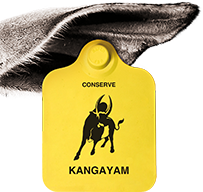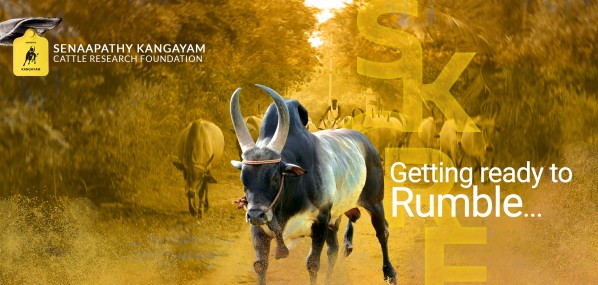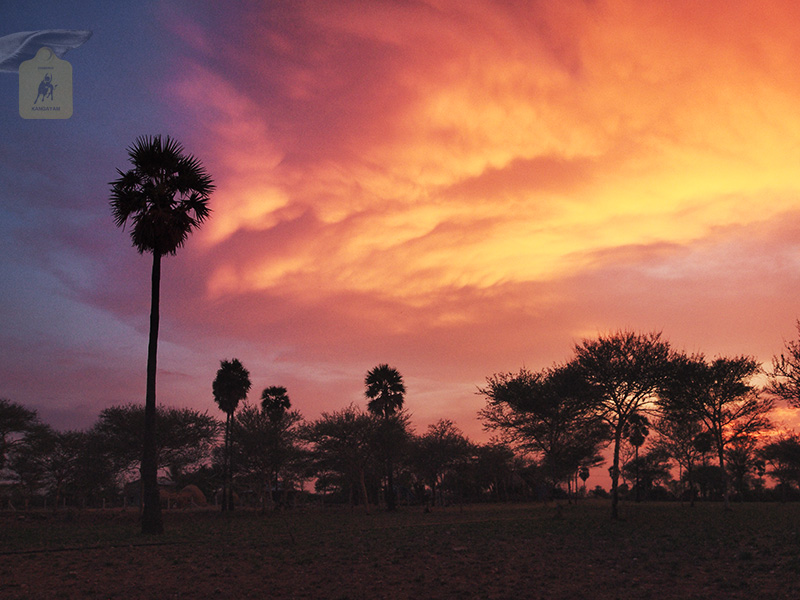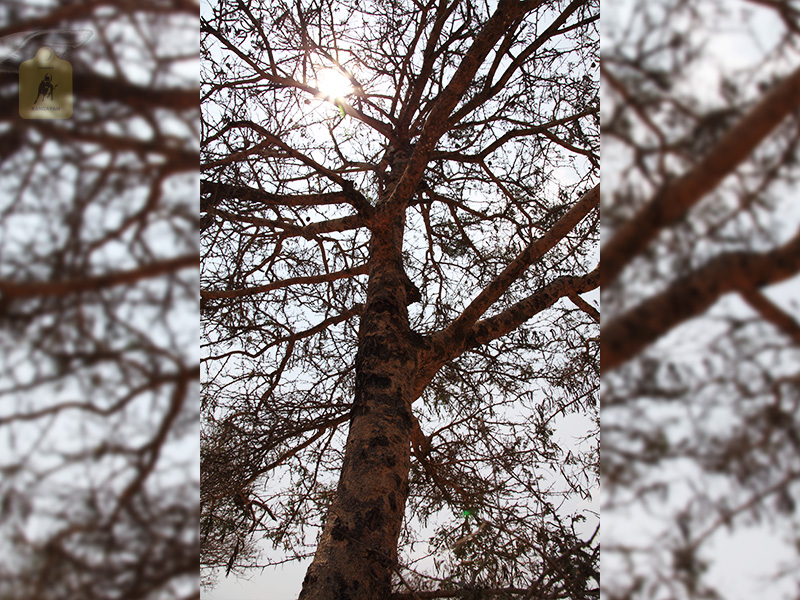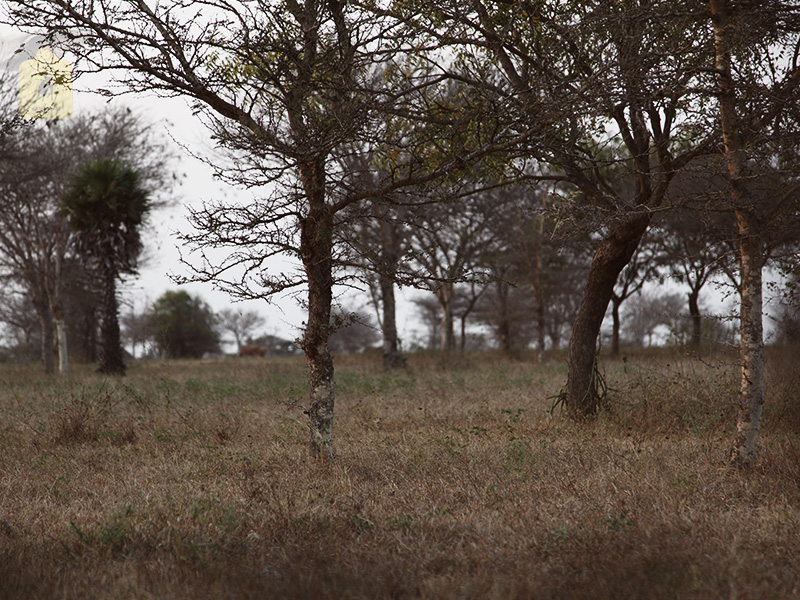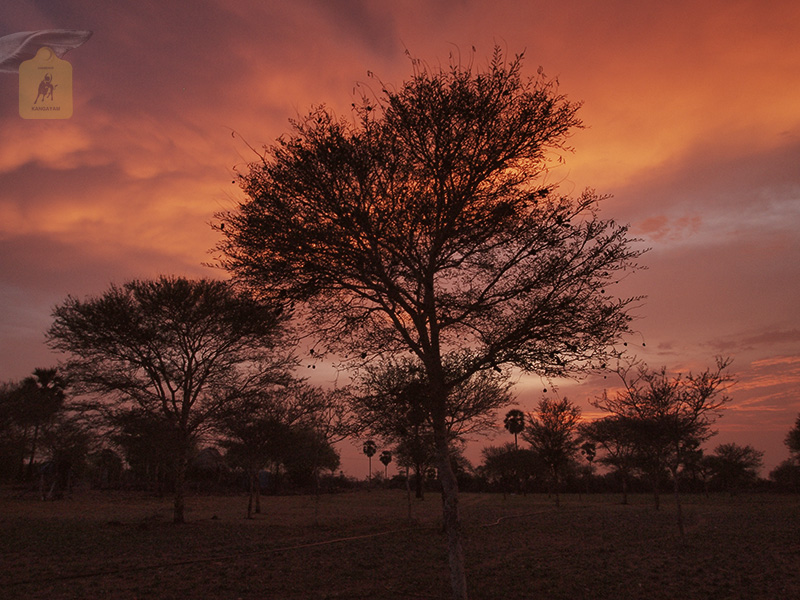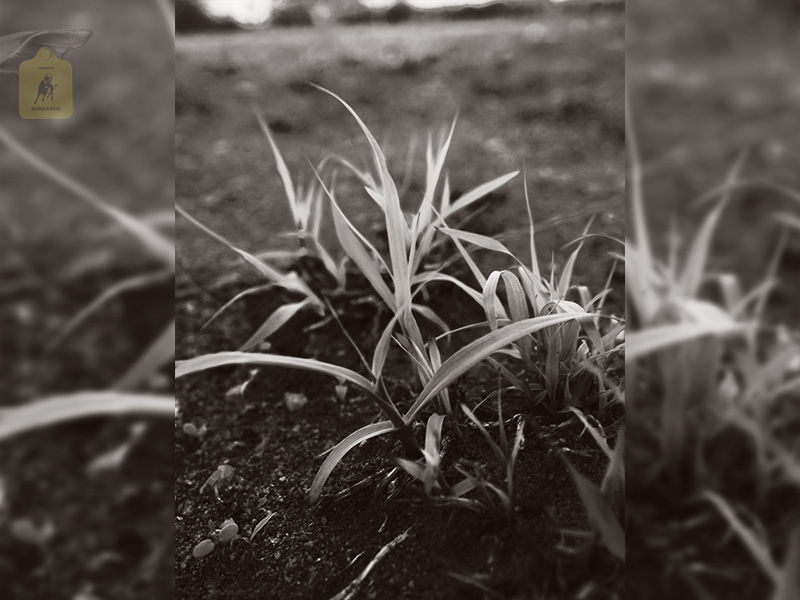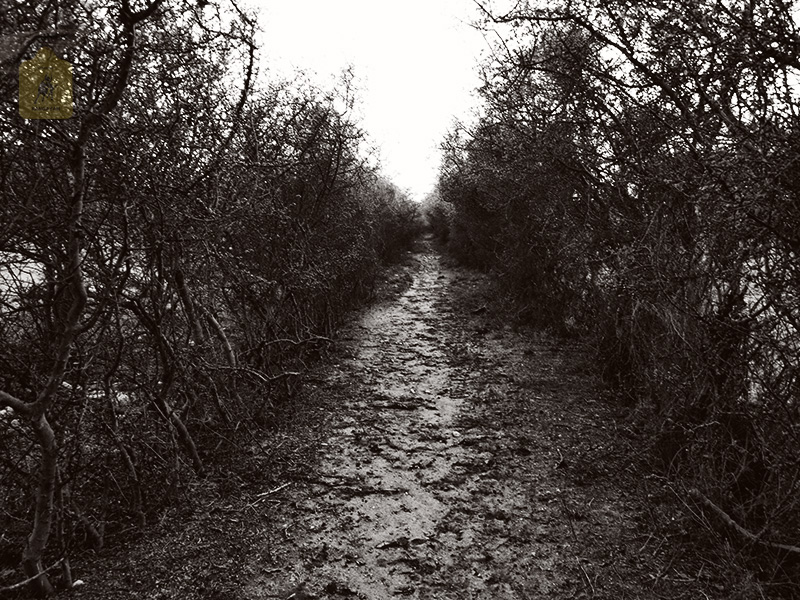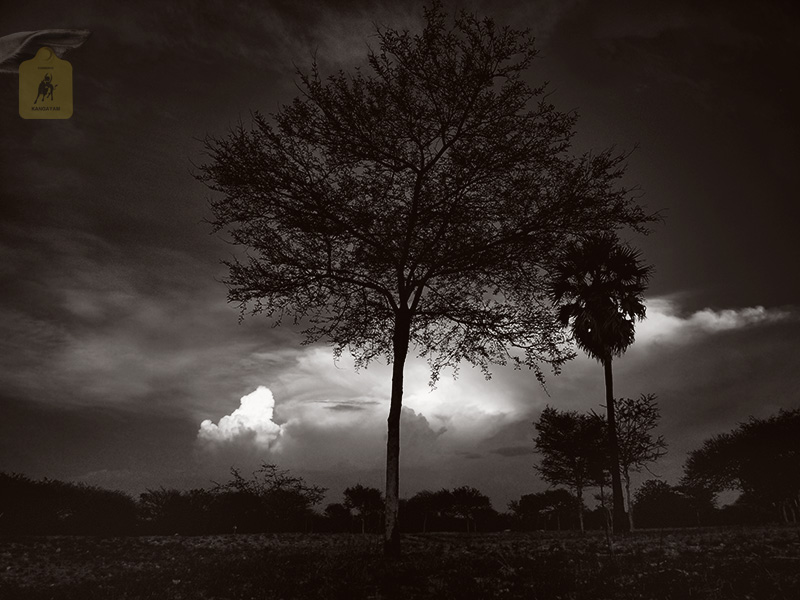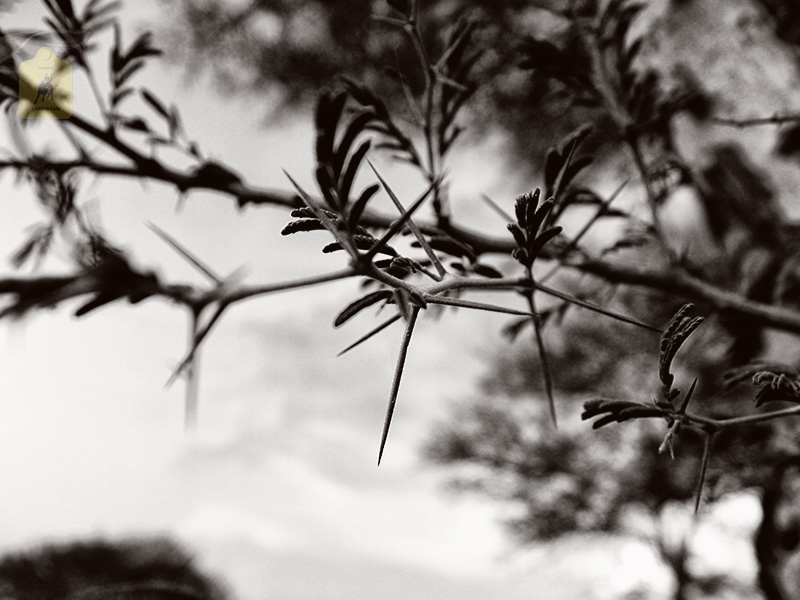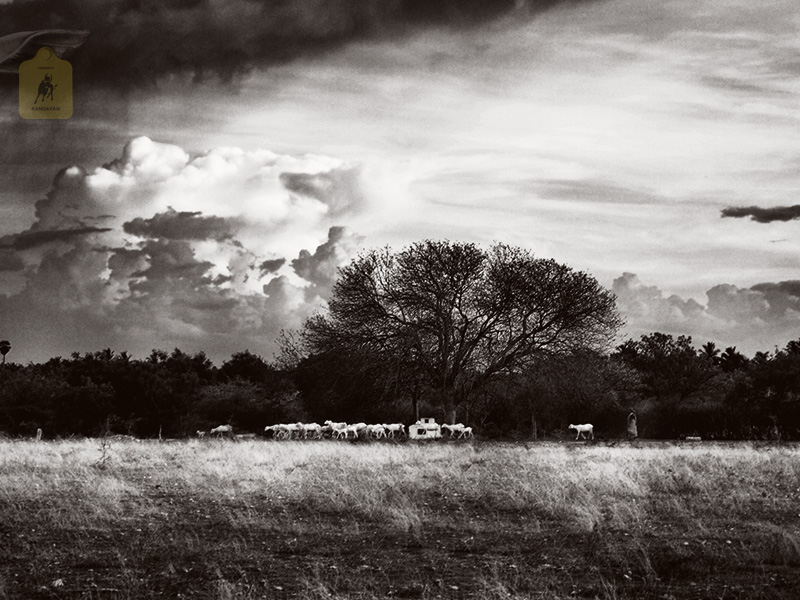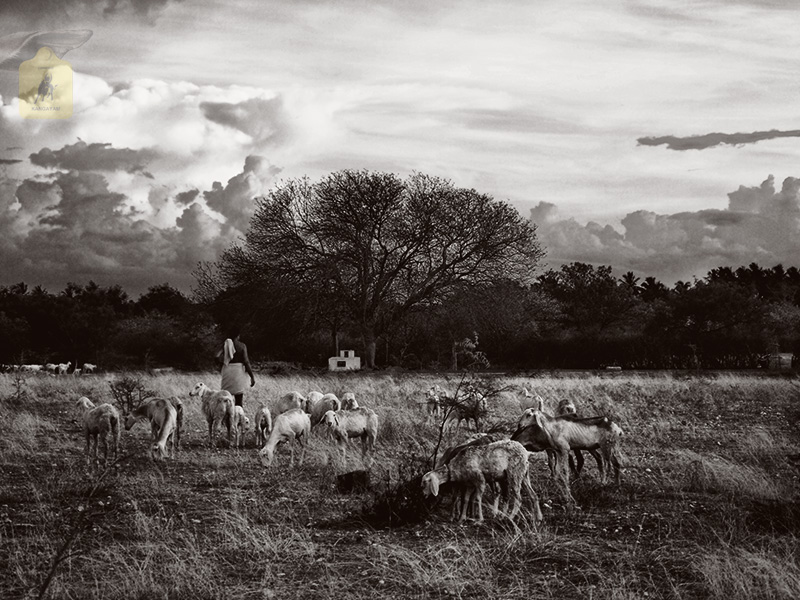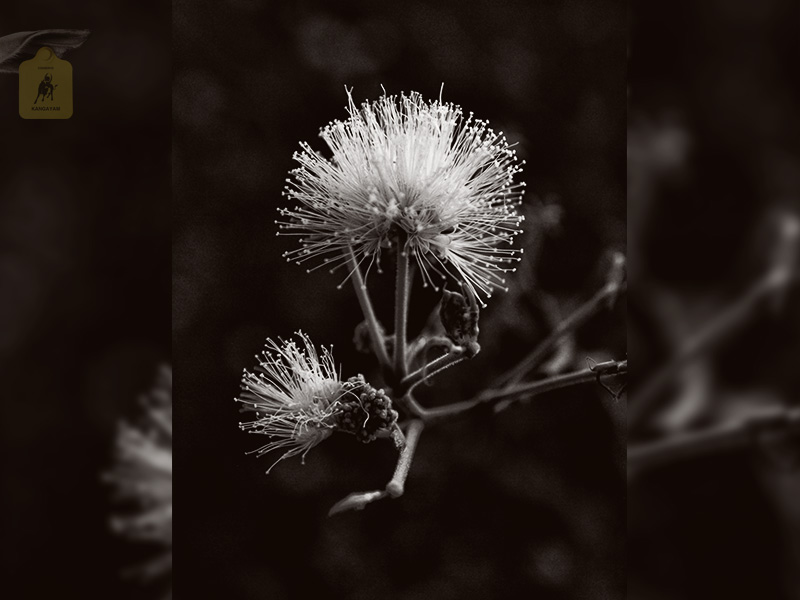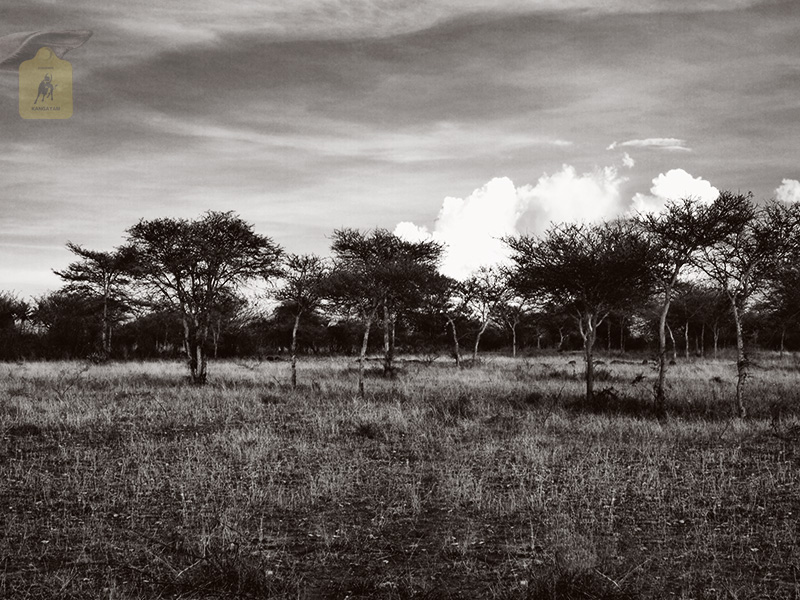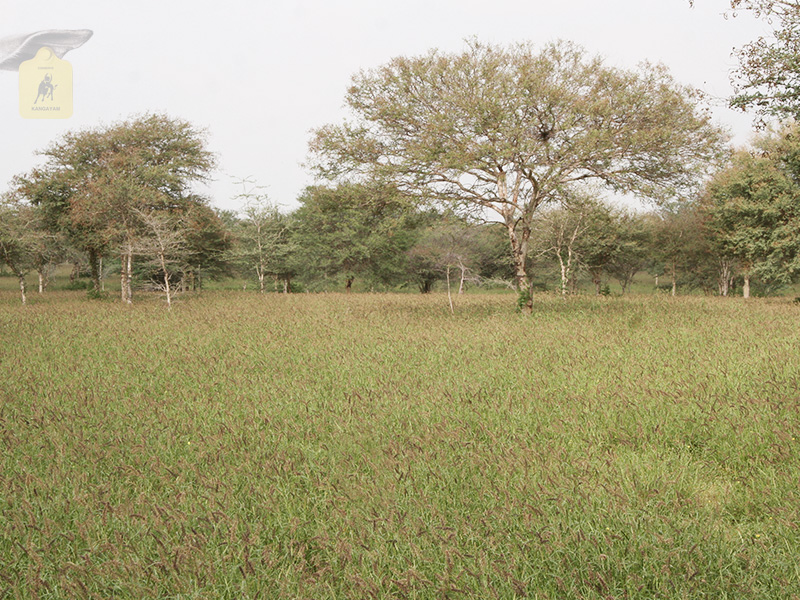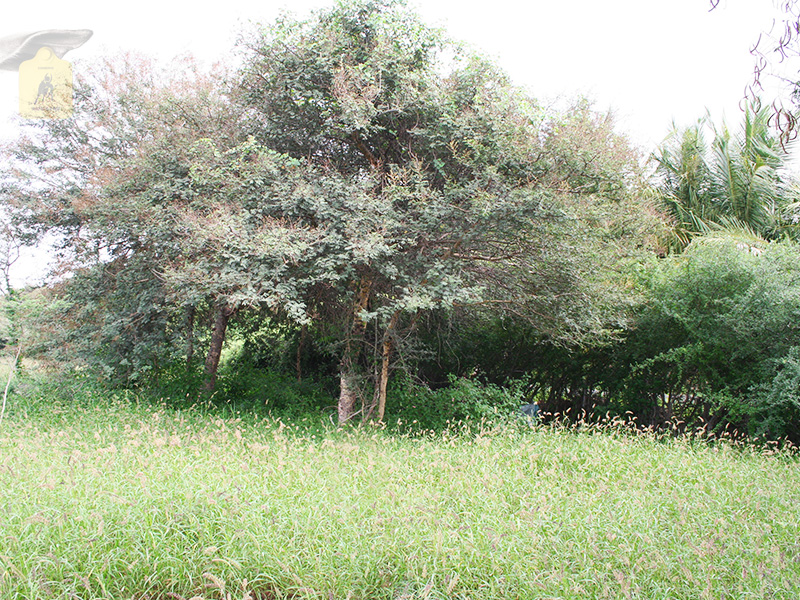Maintenance of Korangadu
Korangadu is a unque silvi pasture grazing system. Kangayam grassland in the tropical region of south India has been sustainably managed for over one hundred and fifty years. In a region with meagre rainfall, growing grass is the farmers’ main vocation. Between 1855 and 1881, the majority of government ‘wastelands’ were given on lease to farmers who organized the land into grazing paddocks and fenced with hedges of Balasmodendron berryi. Numerous wells were dug in the grazing lands to provide water for drinking to animals and to some extent for irrigation. Between July and February, the animals are exclusively grazed by rotating between paddocks. The grazing lands are cultivated every 4 to 5 years and sorghum is sown and made into hay for animal feeding between March and June. In several places, the Cenchrus dominated grassland is also sown with legumes like Phaseolus trilobus to improve the quality of forage. Security of land tenure coupled with technological interventions has sustained the productive capacity of the grassland for over a century. It offers a model for replication elsewhere under similar low rainfall conditions
Without Korangadu, the pasture land it is simply impossible to have free ranging Kangayam breed. Therefore maintaining a healthy Korangadu becomes imperative for the Foundation. The Korangadu has been succumbed to economic pressures, to mention one such direct feature, they are subject to major real estate pressures. With the expansion of urban areas and the quick money that is in the market Korangadu becomes easier target. SKCRF has been trying hard to maintain these Korangadu grasslands by supporting people and creating awareness in them. In some cases, the fencing and mending of Korangadu becomes expensive and it is inevitable that this has to be saved.
